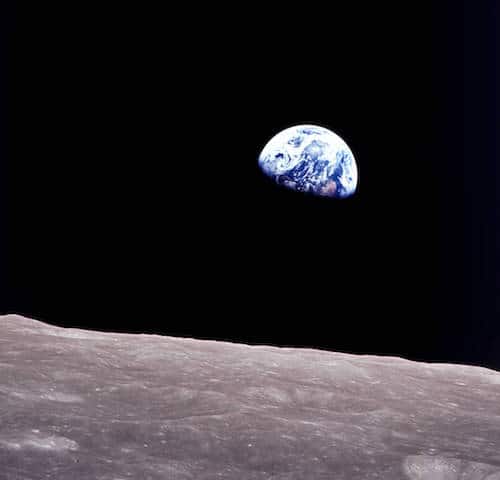 Culture & Ethics
Culture & Ethics
 Physics, Earth & Space
Physics, Earth & Space
One in 700 Quintillion: Exoplanet Study Confirms Terran Exceptionalism

Rare privilege carries with it exceptional responsibility. That might be why many people resist the conclusion of what our colleague Wesley Smith calls human exceptionalism. The unique status and dignity of human beings compared to animals is affirmed by daily experience. The uniquely privileged status of our planet and our species in relationship to the cosmos isn’t obvious in the same way. It needs rigorous scientific confirmation that goes beyond the instructions of common sense. See the book and film Privileged Planet and the short documentary Privileged Species.
The thesis of what you might call terran exceptionalism received impressive additional support this week from astrophysicist Erik Zackrisson at Sweden’s Uppsala University. Nathaniel Scharping, Discover Magazine blogger, summarizes, calling the research — which sets Earth’s uniqueness at one in 700 quintillion — “beautiful and terrifying at the same time.” Seven hundred quintillion is the estimated number of planets in the universe.
Zackrisson’s [computer] model combined information about known exoplanets with our understanding of the early universe and the laws of physics to recreate the past 13.8 billion years.
Zackrisson found that Earth appears to have been dealt a fairly lucky hand. In a galaxy like the Milky Way, for example, most of the planets Zackrisson’s model generated looked very different than Earth — they were larger, older and very unlikely to support life. The study can be found on the preprint server arXiv, and has been submitted to The Astrophysical Journal.
Rethinking Copernicus
Zackrisson’s work suggests an alternative to the commonly held assumption that planets similar to Earth must exist, based on the sheer number of planets out there. Ever since Copernicus put forth the theory that Earth is not the center of the universe, scientists have expanded the map of the cosmos and diminished our planet’s relative uniqueness. Current estimates hold that there are some 100 billion galaxies in the universe containing about 10^18 stars, or a billion trillion.
One of the most fundamental requirements for a planet to sustain life is to orbit in the “habitable zone” of a star — the “Goldilocks” region where the temperature is just right and liquid water can exist. Astronomers have, to this point, discovered around 30 exoplanets in the habitable zones of stars. Simply extrapolating that figure based on the known number of stars suggests that there should be about 50 billion such planets in the Milky Way alone. Probability seems to dictate that Earth-twins are out there somewhere.
But according to Zackrisson, most planets in the universe shouldn’t look like Earth. His model indicates that Earth’s existence presents a mild statistical anomaly in the multiplicity of planets. Most of the worlds predicted by his model exist in galaxies larger than the Milky Way and orbit stars with different compositions — an important factor in determining a planet’s characteristics. His research indicates that, from a purely statistical standpoint, Earth perhaps shouldn’t exist.
One in 700 quintillion is “a fairly lucky hand,” a “mild statistical anomaly”? As Scharping points out, that is one in seven zero zero zero zero zero zero zero zero zero zero zero zero zero zero zero zero zero zero zero zero. I’m not sure if the understatement is intended to be droll. But note the last sentence: Statistically speaking, “Earth perhaps shouldn’t exist.” Read the rest.
That’s “terrifying” all right if the image of humanity you carry around in your head is the one associated with materialism, insisting that we are ordinary, unexceptional, hairless apes, cosmic flotsam, hardly worth a yawn.
Image: Earthrise from Apollo 8 via NASA.
